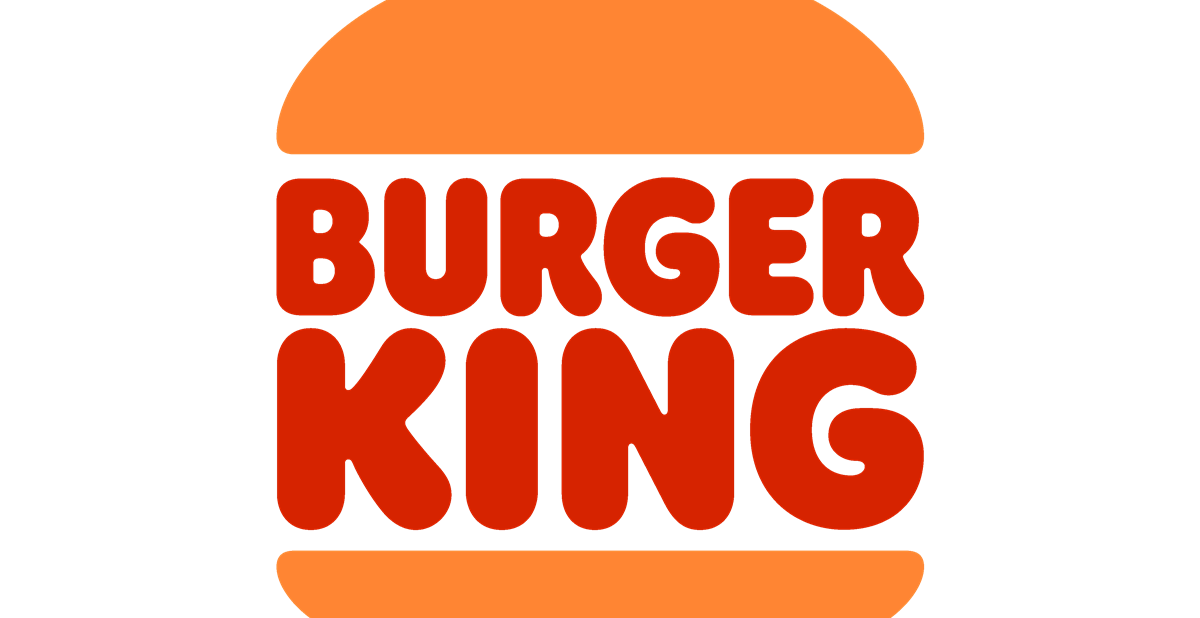Brandable: Burger King Rebrands, Reflects Commitment To Quality

There’s no better time for an image refresh than after the start of a new year—especially if you’re an international brand, and even more so if it’s after a major pandemic. Immediately following the start of 2021, Burger King announced its first major rebrand in 20 years, which includes a simplified, retro-inspired logo, warm-toned packaging, playful branding and refreshed uniforms. The fast-food chain, which describes its rebrand in a press release as “Mouthwatering, Big & Bold, Playfully Irrelevant and Proudly True,” is dialing back the clock and drawing inspiration from nostalgia with “new” branding reminiscent of its look during the ’70s, ’80s and ’90s. Branding has already been updated in all U.S. and UK stores, and over the next few years, the Home of the Whopper aims to update all its restaurants worldwide.
In Burger King’s new logo, which looks markedly similar to its original ’69 logo, it nixed the 3D design for a flat, cleaner image, which shows Burger King written in a red, capitalized boldface font, nestled between two buns, resembling a burger. Packaging features the names of ingredients used in the enclosed food products written in large Flame Sans font; a typeface that creative agency Jones Knowles Ritchie—which has locations in London, New York, Singapore and Shanghai—said mimics the natural and organic shapes of food. Branding represents playful graphics of people interacting with and enjoying the experience of their BK meal. Burger King also chose a warm color palette of “BBQ Brown,” “Firey Red” and “Flamin’ Orange,” inspired by the company’s flame-grilling process, and eliminated blue, which included removing the blue swish seen in its former logo (the swish had been added to represent Burger King becoming available to consumers all over the world). Employee uniforms changed to dark brown and feature a white-, orange- and red-striped, collared trim, as well as the updated logo.
The fast-food chain used its old-school-looking rebrand to highlight larger efforts made to improve the quality of its food, and to dismantle public opinion of fast food being unnatural and cheap. In September 2020, Burger King updated its packaging to list all the ingredients, and to reflect a move toward producing a healthier product. The company also announced that by that time, 85 percent of its permanent menu items in the U.S. would be free of artificial flavoring, artificial preservatives and artificial colors, and it is striving toward a goal of 100 percent this year. By giving the fast-food brand a fresh look and feel, the company is communicating its dedication to producing quality food, and offering customers a tasteful meal and carefree mealtime experience that continues to adapt to customers’ needs as they change over time.
–––––––––––––––––––––––––––––––––––––––––––––––––––––––––––
Danielle Renda is associate editor of PPB.

